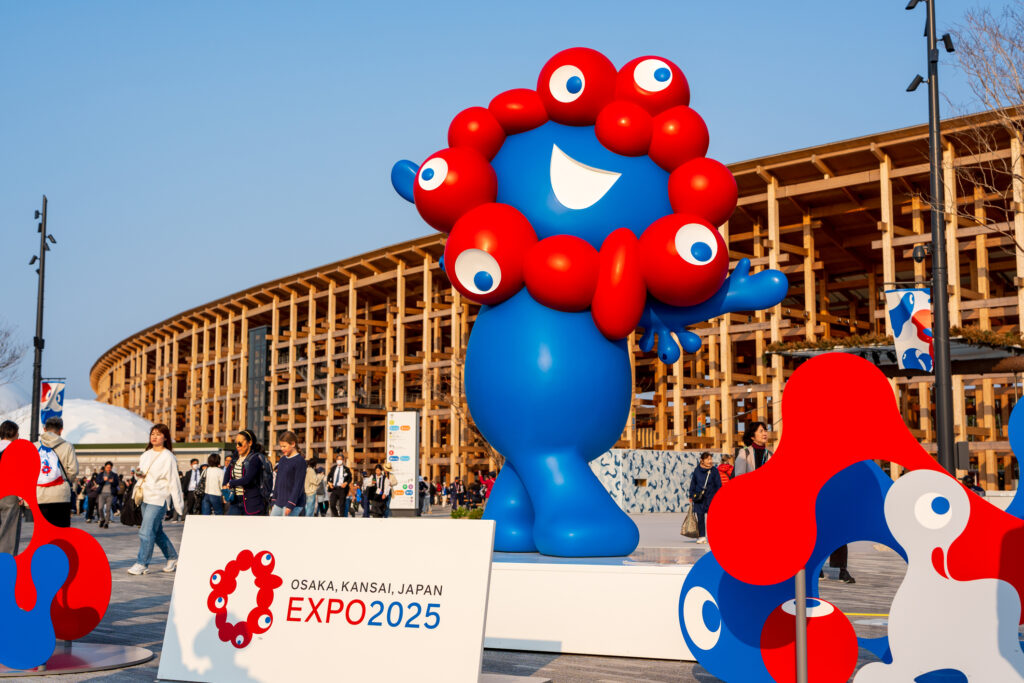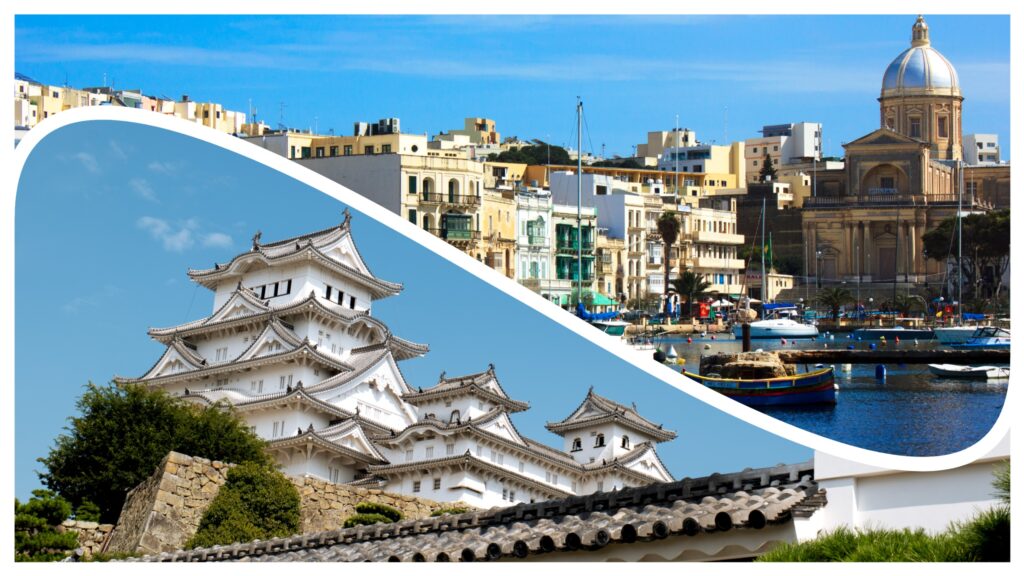
Last month (April 2025) marked the start of Japan’s long-awaited Osaka Kansai Expo. The Expo, which features more than 150 countries and regions showcasing their cultures through pavilions and exhibits, is presented as one of the highlights of Japan’s tourism offerings this year.
A World Expo means different things to different people. For participating countries, it’s a chance to showcase their latest technology and share their culture and history with the world. For me, it was an opportunity to reconnect with my own heritage in a way I never imagined I could do here in Japan.
What is the Osaka Kansai Expo?
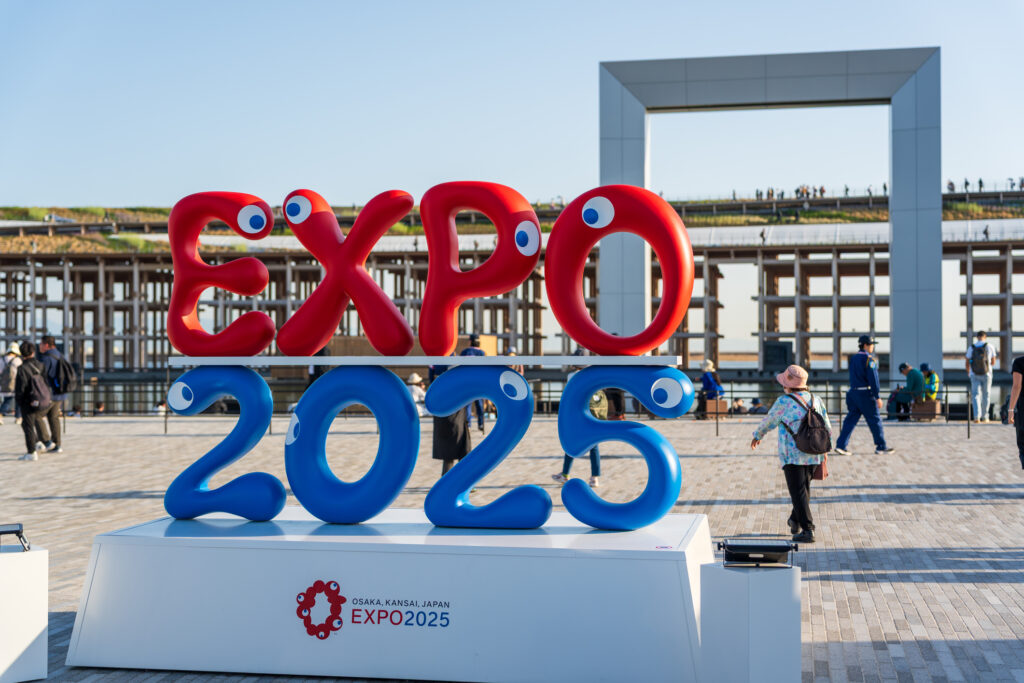

The World Expo has its roots in the French tradition of national exhibitions, which eventually led to the first World’s Fair (also known as an Expo) in London in 1851. London’s “Great Exhibition of the Works of Industry of All Nations” set off a tradition that continues to this day, though it has evolved over the years.
What started as a showcase of technology during the Industrial Revolution has since become an event where countries from around the world promote their culture and foster communication and collaboration. Many countries build their own pavilions, offering visitors an immersive experience in their art, technology, and history.
The theme for the 2025 Osaka Kansai Expo is “Designing Future Society for Our Lives,” inviting nations to collaborate on solutions to the challenges facing humanity. Each pavilion highlights how a country is working toward a better, more sustainable future, while also honoring its distinct history and culture. One such country is Malta, a small Mediterranean island nation just south of Sicily. At this Expo, Malta will, for the first time, take part with a self-built (Type A) pavilion—designed, constructed, and funded by the country itself, rather than using a standard structure provided by the organizer, the Japan Association.
Growing up in Malta: My personal connection at the Expo
While my mother was born and raised in Manchester, England, my father was born and raised in Malta. My formative childhood years were spent living in Malta, and my earliest memories are of hot summers by the pool, the lemon tree at the bottom of the garden, and summer festas with large parades, loud brass bands, and even louder fireworks.
Though we returned to the UK just before my fifth birthday, we visited Malta often to see family and to ensure that my sister (born during our time in Malta) and I grew up with a connection to our country.
Today, I live in Japan, and visiting Malta has become extremely rare. Flights are expensive, and taking time off can be difficult. I usually just fly back to the UK to visit my family there and don’t have the time to also travel to Malta. Being a very small country with a small population, Maltese culture is hard to find in Tokyo, and I feel disconnected from the island and my heritage—which is why entering the Malta Pavilion at the Expo came as such a treat.
Inside the Malta Pavilion: A journey through design and heritage
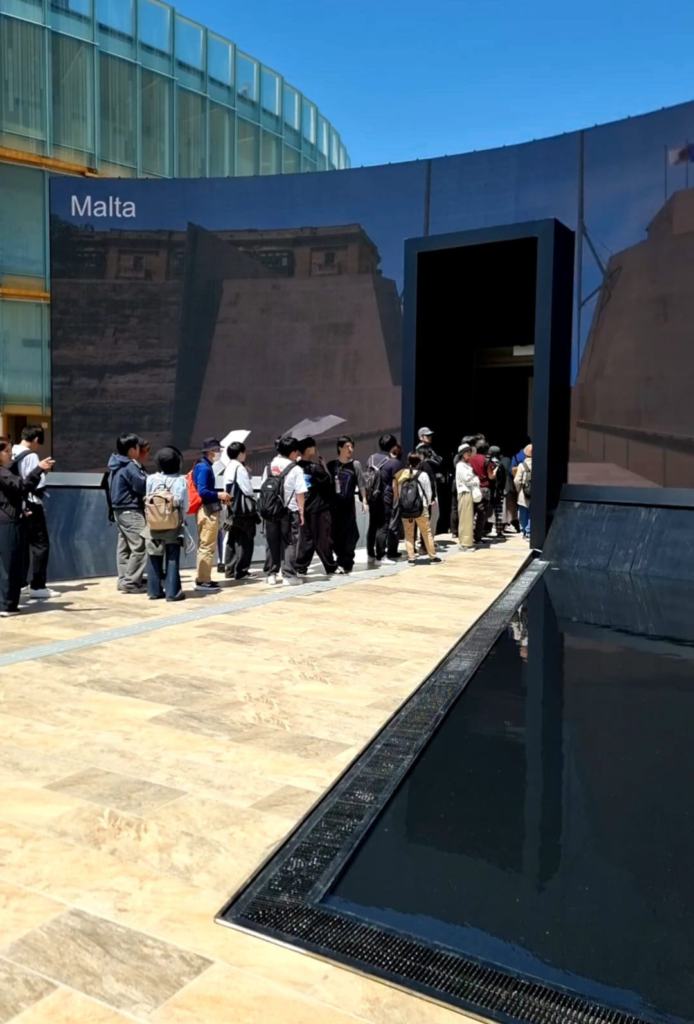
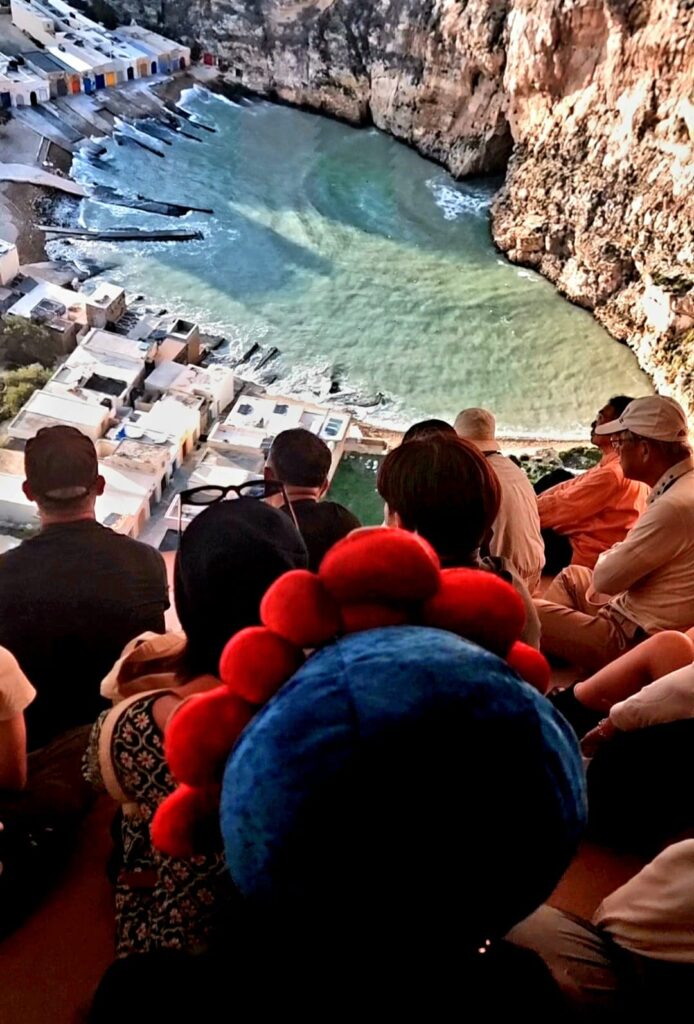
This World Expo marks the first time Malta has had a Type A (self-built) pavilion, which I made a beeline for as soon as I entered. One of the most wonderful aspects of the Expo is that each pavilion comes in a different shape, size, color, and architectural style, making it a real treat for anyone enthusiastic about design to walk around.
The Malta Pavilion’s design paid homage to the country’s iconic limestone. The entire front morphed from organic limestone cliff faces to fortified city gateways to ancient monolithic entrances. It evoked the passage of time, playing with the sun’s rise and fall as shadows flickered across the rocky facades. These were reflected in the water below, creating the illusion that the pavilion itself was an island—and its entrance, a temporal gateway. These were scenes I knew and recognized: powerful, familiar, and deeply inviting.
Inside, I was greeted by two sets of armor: one, the familiar armor of a Knight of the Order of St John; the other, a suit of samurai armor gifted to the island by Japan’s Bunkyu Mission in 1862, now restored to its full glory. I saw other Maltese artifacts on display, showcasing the island’s rich and layered history, before sitting down to watch a large curved screen that enveloped me in the story of the island and its people.
It was here that I felt immensely proud of my father’s country—and realized just how much I missed visiting it. But above all, I missed the cuisine of Malta. Luckily for me, I was in for a treat.
From ftira to imqaret: Reliving the flavors of my childhood summers
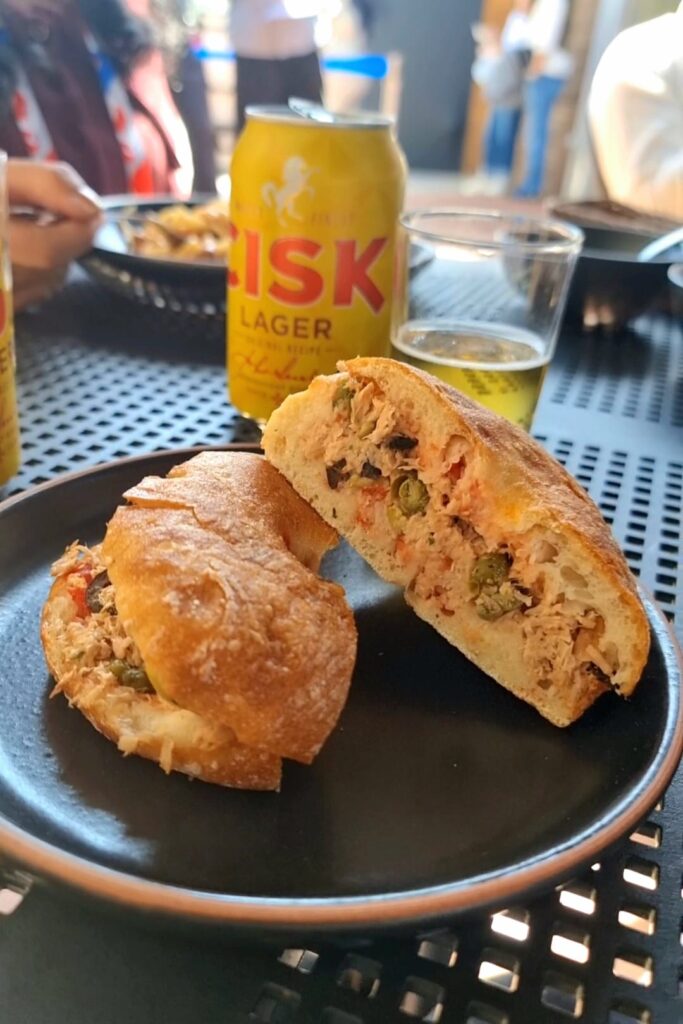

Many of the pavilions have cafes and restaurants, giving visitors a literal taste of each country’s cuisine. In Malta, al fresco dining is extremely popular thanks to the country’s warm Mediterranean climate, so the pavilion’s dining area was set outdoors, with umbrellas shading diners from the bright sun.
The menu featured Maltese classics: rabbit pasta, ftira (a type of sandwich made with Maltese bread, tuna, tomato, salad, olives, capers, and onion), pastizzi (hot flaky pastries with pea or ricotta filling), and imqaret (a sweet pastry with a date jam center). I had to try one of each—who knows how long it will be before I can enjoy this kind of cuisine again!
Taking a bite of each dish nearly brought me to tears, instantly transporting me back to a country I’ve felt so far from in recent years. The chef told me these were his mother’s recipes and made sure I was enjoying every one—which I absolutely was. It was all washed down with a can of Cisk, Malta’s very own beer.
Closing thoughts on the Osaka Expo: Where nations come together, and so do we
To have the chance not only to meet other Maltese individuals but also to see my father’s country celebrated at such a prominent global event made me incredibly proud. Whatever people may say about the Expo, it gives countries a chance to share their culture and history with the world—to open minds and hearts, and even help people like me feel more connected to our own heritage.
